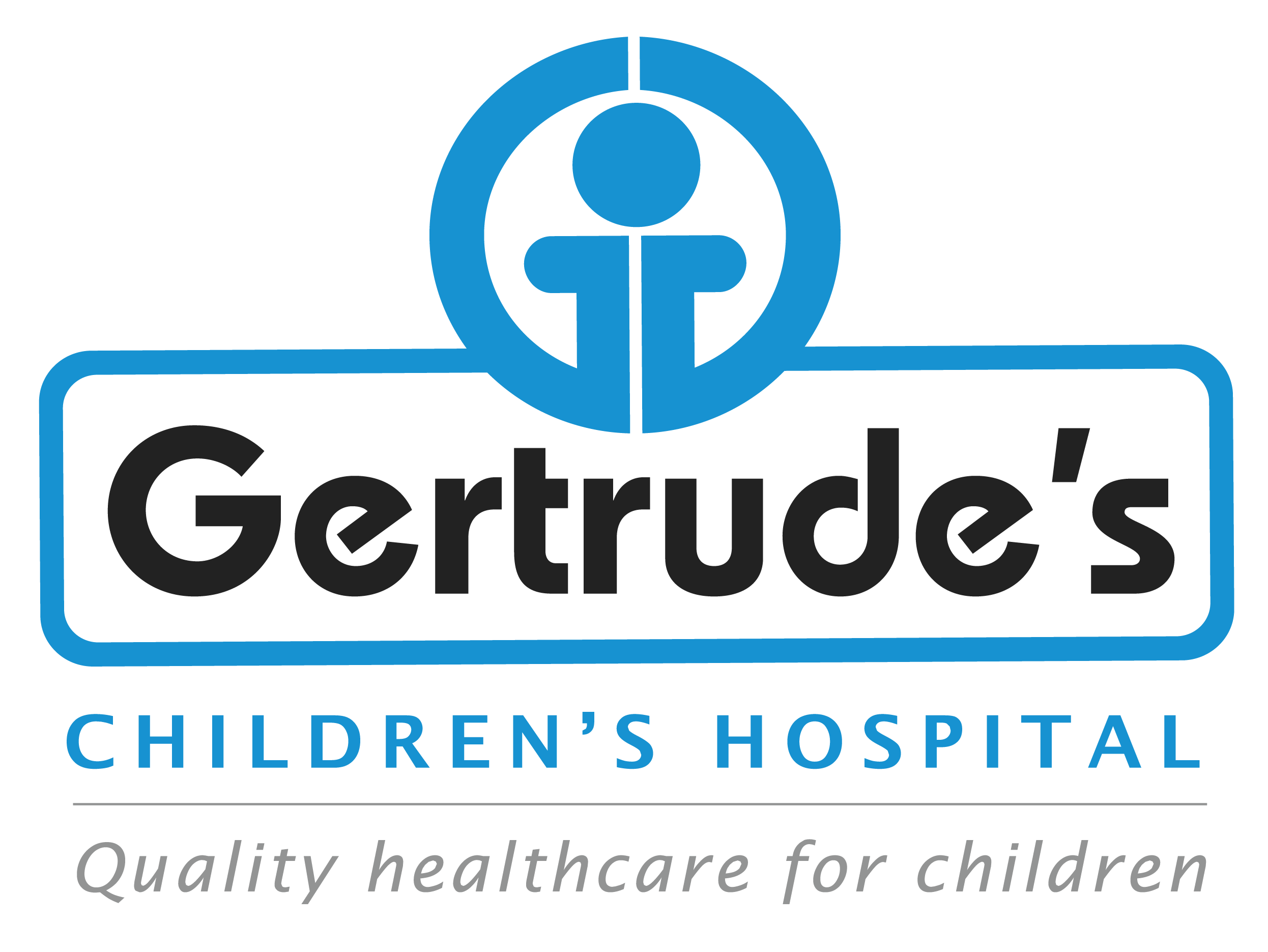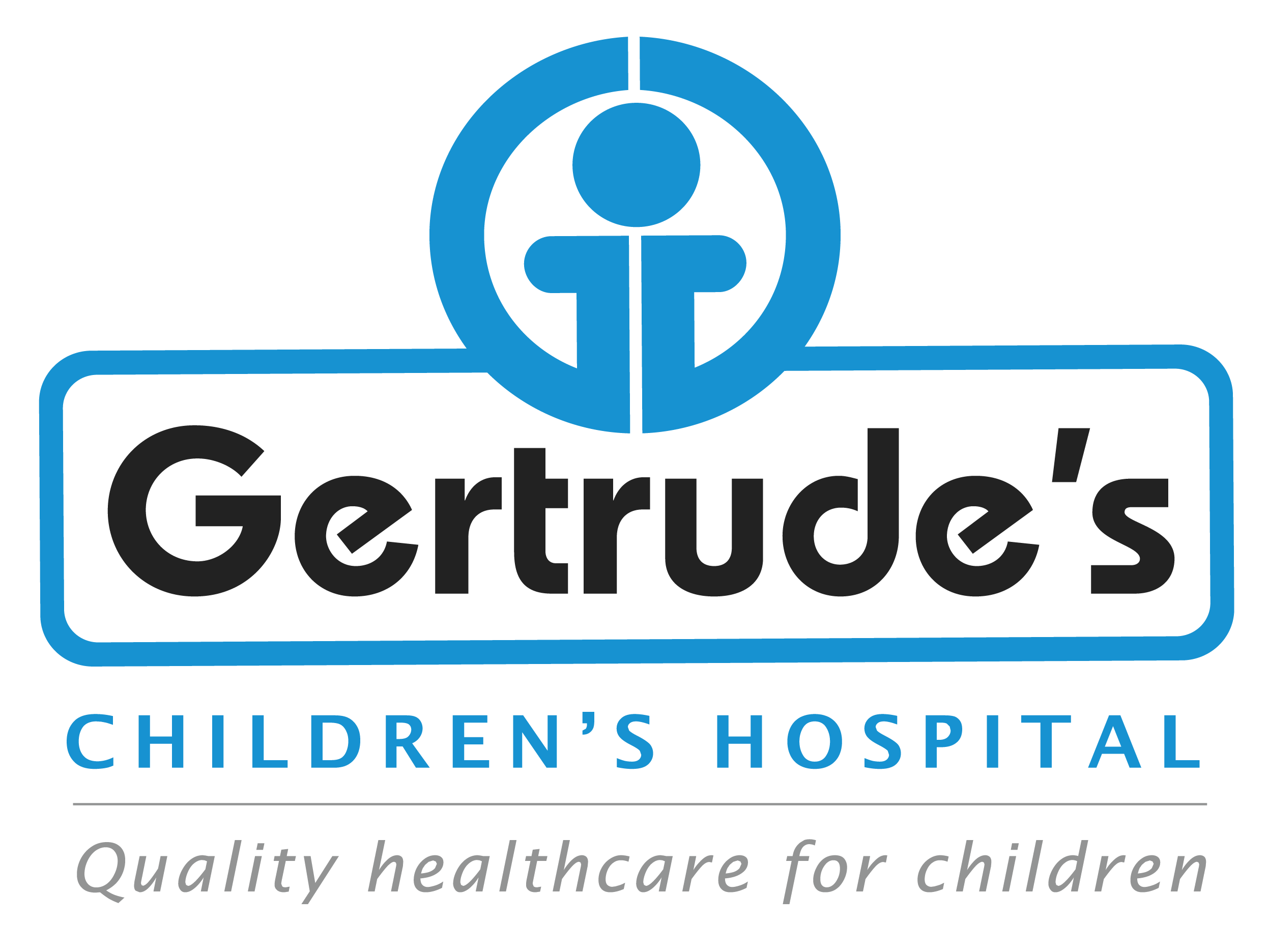Anaphylaxis is a severe, life-threatening allergic reaction that happens quickly and can affect multiple systems in the body, including breathing, circulation, and digestion. It requires immediate medical attention. Anaphylaxis can be triggered by various allergens, such as certain foods, medications, insect stings, or latex. If not treated promptly, it can lead to serious complications, but with quick intervention, most children make a full recovery.
Symptoms
- Breathing difficulties: Wheezing, shortness of breath, or swelling in the throat
- Skin reactions: Hives, itching, or swelling, usually around the face or throat
- Low blood pressure: Dizziness, fainting, or feeling weak
- Gastrointestinal issues: Nausea, vomiting, stomach cramps, or diarrhea
- Rapid heartbeat: A fast or irregular pulse
- Anxiety or confusion: Due to lack of oxygen or the body’s response to the allergen
- Anaphylactic shock: A severe drop in blood pressure that can lead to unconsciousness
Causes
- Food allergies: Foods like peanuts, tree nuts, shellfish, eggs, and milk are frequent triggers.
- Medications: Antibiotics, pain relievers like aspirin or ibuprofen, and certain vaccines.
- Insect stings: Bee, wasp, or hornet stings can cause anaphylaxis in some children.
- Latex: Found in some medical gloves and other products.
- Exercise-induced anaphylaxis: Although rare, strenuous physical activity can trigger anaphylaxis, especially after eating certain foods.
Diagnosis
- Medical history: Understanding what the child was exposed to before the reaction.
- Physical exam: Checking for telltale signs like swelling, hives, or breathing problems.
- Allergy testing: Skin or blood tests can help determine specific allergens that may have caused the reaction.
- Emergency response: Anaphylaxis is usually diagnosed in an emergency setting based on symptoms, and immediate treatment is prioritized.
Treatment Options
- Epinephrine injection: The first and most important treatment for anaphylaxis. Epinephrine quickly reverses the severe allergic reaction by relaxing the airway muscles and improving blood pressure.
- Oxygen therapy: For children struggling to breathe, oxygen may be given to improve oxygen levels in the blood.
- Intravenous fluids: These are administered to raise low blood pressure.
- Antihistamines and steroids: Used after epinephrine to manage remaining symptoms like swelling and hives.
- Monitoring and support: Children are often monitored in the hospital for several hours after the reaction to ensure it doesn’t return.
Why Choose Us
Expert team
Our pediatric specialists have extensive experience in treating children.
Personalized care
We create treatment plans that fit each child’s unique needs
Support and education
We teach children and families how to care for them and prevent future cases
Advanced treatments
Access to the latest treatments and products
Contact
Please feel free to contact us with any general or medical enquiry by calling us.





